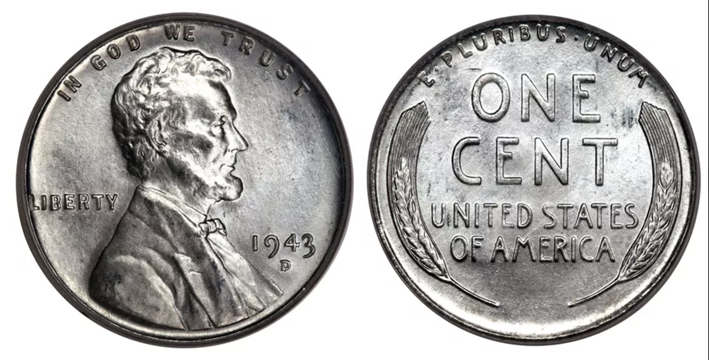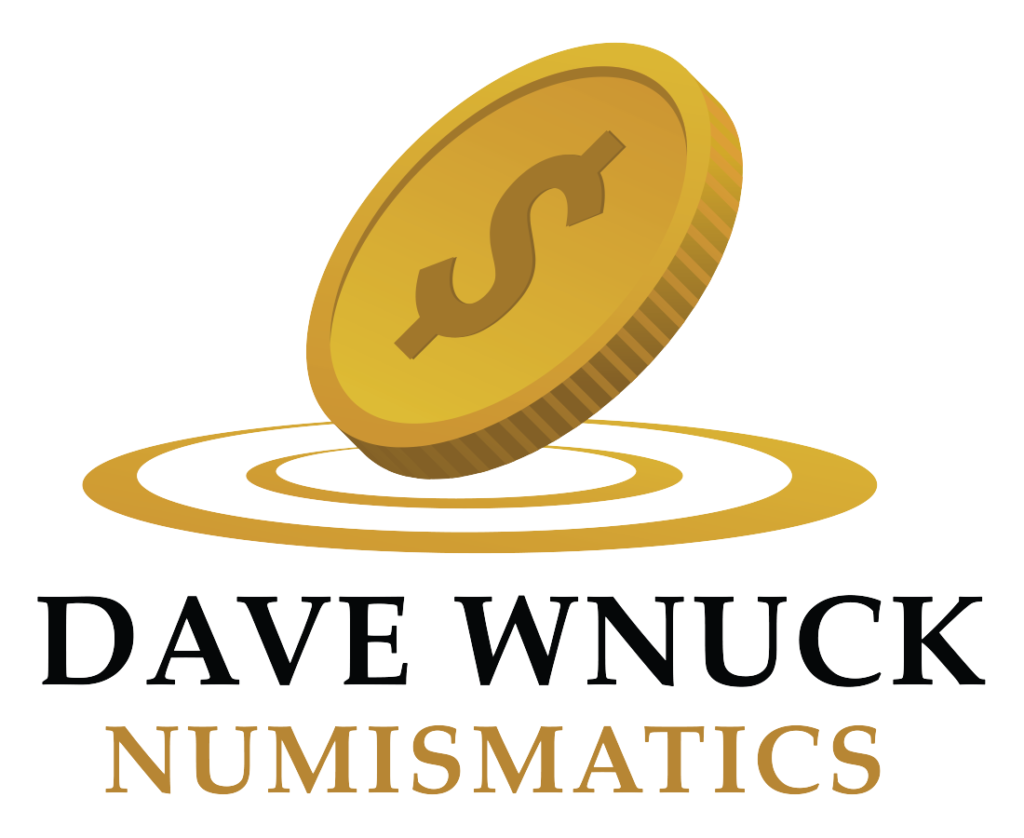Families were planting victory gardens, women were entering the workforce, and the country was prioritizing the usage of precious metals; it is 1943 and the US is a few years into World War II.
Needing copper to wire the recently invented radio and as an additive to the brass in small-arm casings, the government decided to forge a new silver-colored penny out of steel covered with zinc. The experiment didn’t go as planned and production stopped after the first year. Today, numismatists are eager to collect and trade in the rarer versions of this coin.
Assessing the Value of a 1943 Steel Penny
Several factors go into the evaluation of any coin’s rarity and value, beginning with condition. Clearly, uncirculated coins are in better condition than those that have been in use with wear and tear from handling and, therefore, carry a higher worth.
The second factor is the coin’s rarity. Because some older coins were minted in greater quantities than some modern coins, age is not always an indicator of rarity. But as a rule of thumb, modern coins are not ideal as an investment, because mints today produce large quantities of each coin. The exception is if you have what is known as an ”error coin,” meaning the coin was mis-struck during production.
The third factor is called bullion value, meaning what the metals in the coins would be worth if melted down.
The final determination of a coin’s value is demand. Some coin collectors hoard the rarer coins, increasing the demand of those still available on the market. The more difficult it is to purchase a coin, the greater its value.
The mint’s location also can play a role. The US has three mints located in Denver, CO, San Francisco, CA, and Philadelphia, PA. The mint is indicated by the letter that follows the mint date stamped on the coin, i.e., “1943-S” for a coin produced in San Francisco or “1943-D” for Colorado coins. Those minted in Philadelphia have no letter. In the case of the 1943 steel penny, San Francisco produced fewer of these cents than the other two mints, so it carries a slightly higher value.
What Should Collectors Look For With These Steel Pennies?
It is important to note that the mints made over 1 BILLION of these steel cents in 1943. And everyone saved them, since they look so unusual. Consequently, coin dealers pay only about 8 cents each for them, and they sell them to customers for 15 cents each. Again, the ones that are so valuable are the 30 or so coins dated 1943 that were mistakenly made in copper.
To complicate matters further, many “jokesters” over the years have copper plated some steel cents either to cheat people or as a prank. These can be unmasked as alterations by seeing if the coin is attracted to a strong magnet. They have no value at all. Also, there are counterfeits that were actually made out of copper to fool collectors. It is against the law to make and sell those, but they do exist.
According to CoinWeek.com, some steel pennies (those 30 or so coins that were mistakenly made out of copper) have sold for between $282,000 and $1,000,000 dollars based on unique factors that generally require a professional numismatist to evaluate.
If you think you may have a steel cent made out of copper in error, first see if it is attracted to a strong magnet. If not, contact me here and I can give you a few other tests to do that may help you determine if you found one of the rare error coins. It isn’t very likely, but of course it isn’t impossible!



